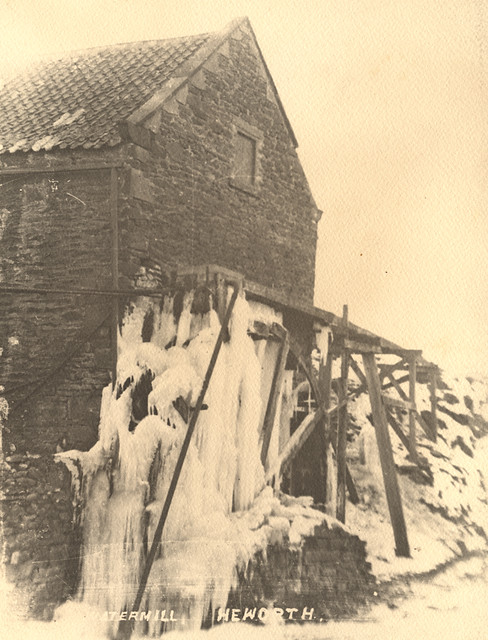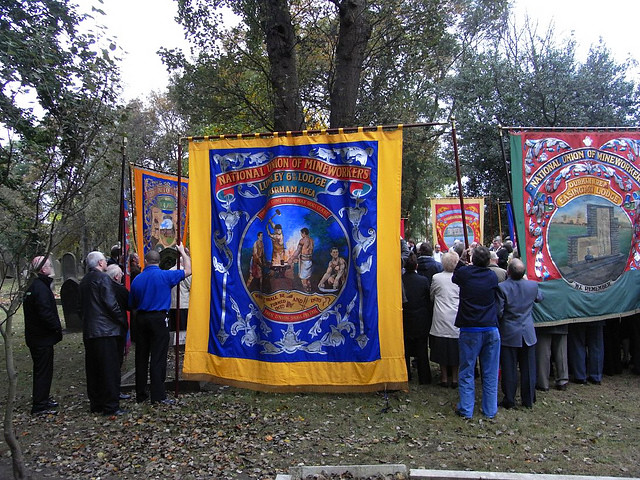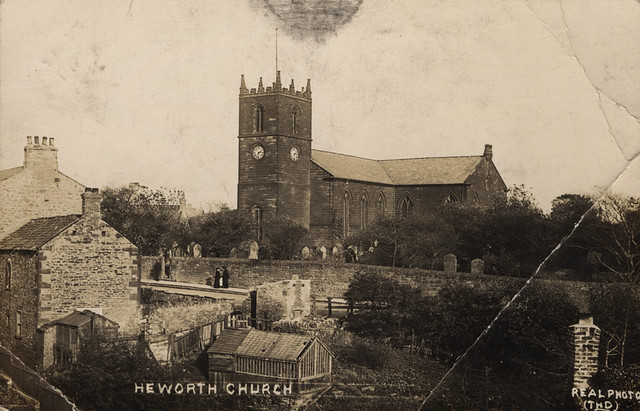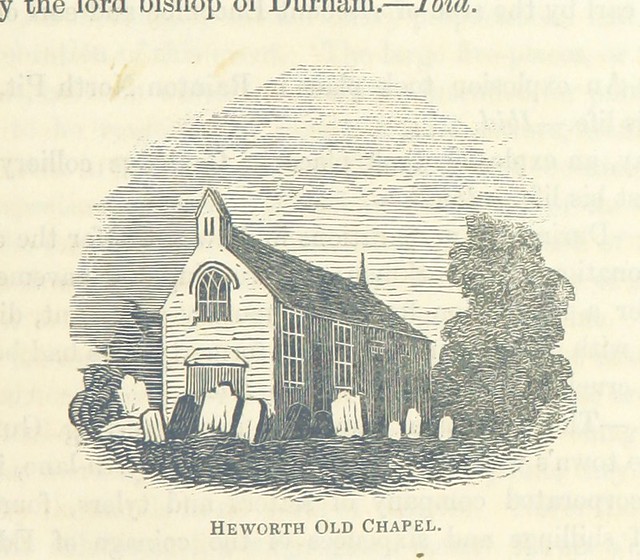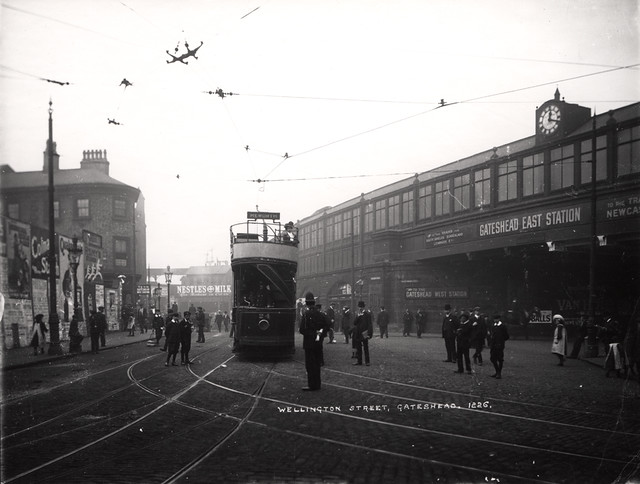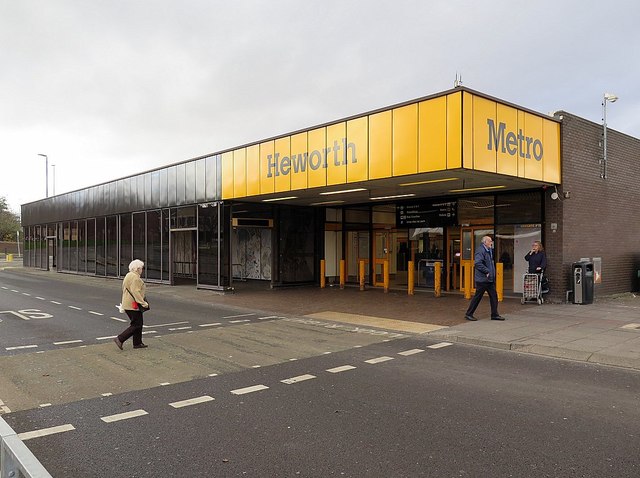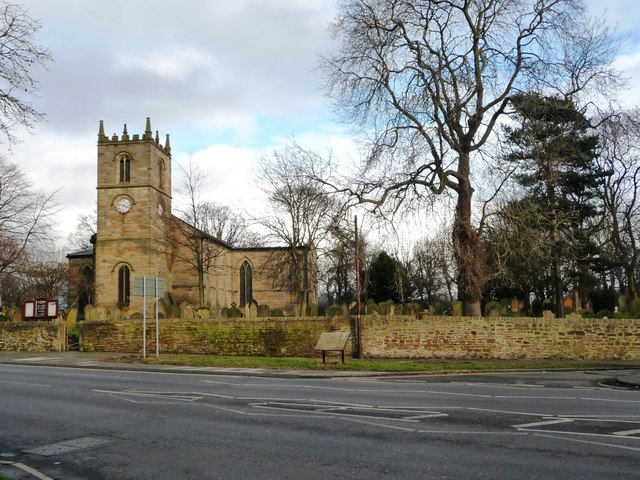Topics > Tyne and Wear > Gateshead > Heworth
Heworth
Heworth is a village in the Metropolitan Borough of Gateshead, Tyne and Wear, England. The village's name appears in written records from 1091 as Hewarde, and later as Hewrtha, and in 1300 as Hewrthe.
In common with most villages in the area, its history has been intertwined with the fortunes of the quarrying and mining industries. Two large quarries operated in the area, at Windy Nook (which is now infilled and used as a public recreation area) and Low Burn, which is now the site of a Garden of Remembrance and a cemetery. Heworth Colliery occupied a site to the south-east of Windy Nook quarry, with its own connection to the Pelaw Main Waggonway giving access to the Pelaw Main coal staithes on the River Tyne at Bill Quay.
St Mary's Church has been a centrepoint of Heworth since around AD 684, with the current church building dating from 1822.
In the Graveyard at Heworth can be found The Haddon Tomb, also known as "The Babes in the Bed" an unusual memorial in the shape of a four poster bed. To three of the Haddon children William, George and their sister, whose name is now illegible. Local legend has it that the three children died in a fire when a candle fell onto their bed while they were sleeping. This is unlikely to have been the case as their deaths span a six years period between 1711 and 1717. It was built by their father, Joseph Haddon, a master mason, who died in 1721 aged 42 years.
Heworth railway station opened in November 1979, serving trains on the Newcastle to South Shields and Newcastle to Sunderland lines. The adjacent Heworth Metro Station, opened in November 1981 on the former site of the National School, operates as a bus/Metro interchange and is an important transport hub for the area, linking townships such as Washington to the Tyne and Wear Metro.
Visit the page: Heworth, Tyne and Wear for references and further details. You can contribute to this article on Wikipedia.

from Sunderland Public Libraries (flickr)
Concord - Oval or Heworth Crescent
Pinned by Simon Cotterill

from Newcastle libraries (flickr)
042679:Tram Heworth Gateshead Unknown c.1947
Pinned by Simon Cotterill
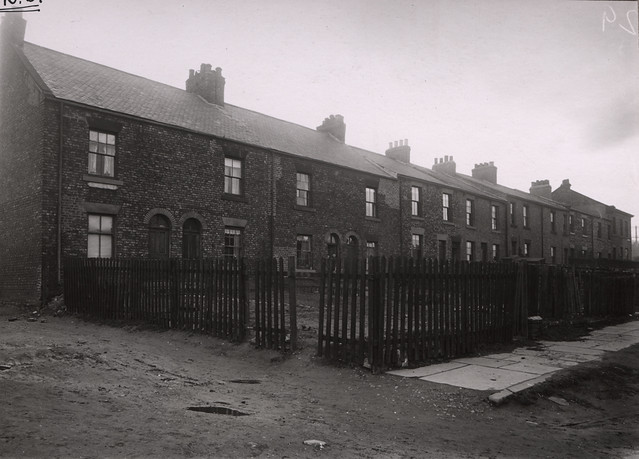
from Newcastle libraries (flickr)
034656:Heworth View Walker Dept of Environmental Health c.1935
Pinned by Simon Cotterill
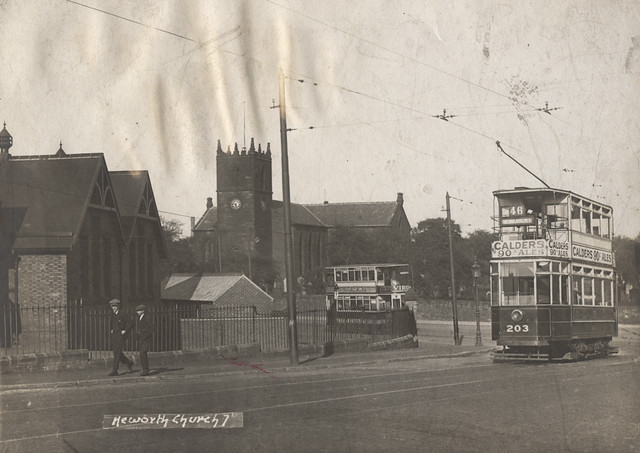
from Newcastle libraries (flickr)
002904:St. Mary's Church Heworth Gateshead C.1930
Pinned by Simon Cotterill

from Newcastle libraries (flickr)
002996:St. Mary's Church Heworth Gateshead 1935
Pinned by Simon Cotterill

from Newcastle libraries (flickr)
001140:Pelaw Bank Heworth Gateshead 1900
Pinned by Simon Cotterill
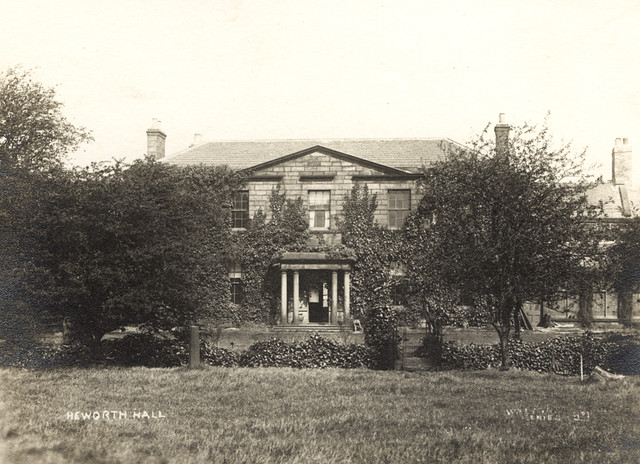
from Newcastle libraries (flickr)
001139:Heworth Hall a view of the front of the hall including some of the garden.
Pinned by Simon Cotterill


from Sunderland Public Libraries (flickr)
Concord - Oval or Heworth Crescent
Pinned by Simon Cotterill

from Newcastle libraries (flickr)
042679:Tram Heworth Gateshead Unknown c.1947
Pinned by Simon Cotterill

from Newcastle libraries (flickr)
034656:Heworth View Walker Dept of Environmental Health c.1935
Pinned by Simon Cotterill

from Newcastle libraries (flickr)
002904:St. Mary's Church Heworth Gateshead C.1930
Pinned by Simon Cotterill

from Newcastle libraries (flickr)
002996:St. Mary's Church Heworth Gateshead 1935
Pinned by Simon Cotterill

from Newcastle libraries (flickr)
001140:Pelaw Bank Heworth Gateshead 1900
Pinned by Simon Cotterill

from Newcastle libraries (flickr)
001139:Heworth Hall a view of the front of the hall including some of the garden.
Pinned by Simon Cotterill
